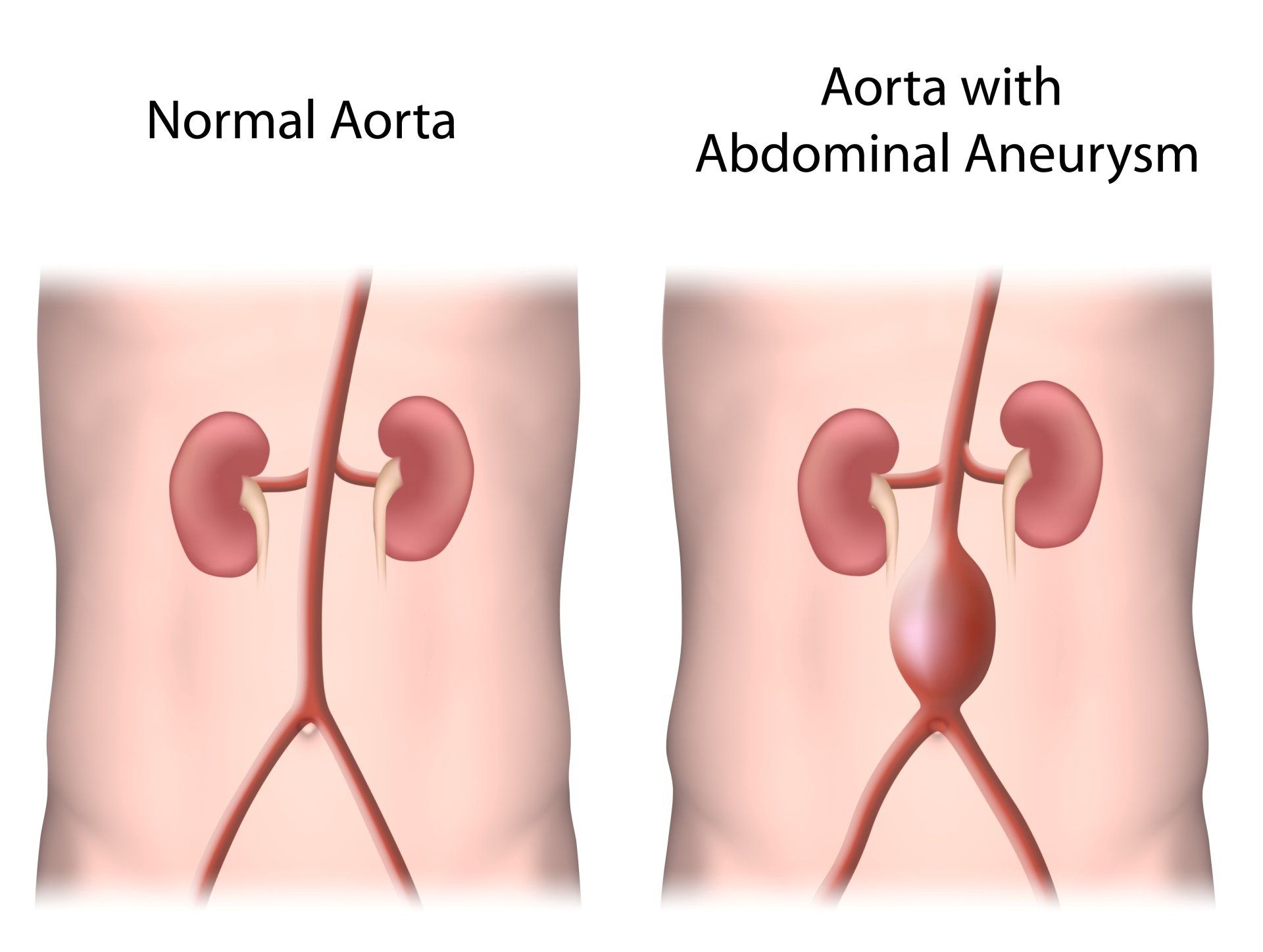Aneurysms

An aneurysm occurs when the wall of an artery is weakened over your life and expands due to the blood pressure on the weakened artery wall. The larger the aneurysm becomes, the higher the risk of rupture (just like blowing up a balloon that eventually pops).
Aneurysm Conditions We Treat
Abdominal Aortic Aneurysm
An abdominal aortic aneurysm (AAA) is an aneurysm of the main artery in your belly that carries the blood to your abdominal organs and legs. Risk factors for AAA include a personal or family history of aneurysms, high blood pressure (HTN), smoking, and high cholesterol.
Popliteal Artery Aneurysm
The popliteal artery is the artery behind your knee. Just like other aneurysms, it can rupture if it becomes very large as the wall becomes thin (like blowing up a balloon). But more worrisome for this type of aneurysm is clot that can form inside of the aneurysm.
Splenic Artery Aneurysm
Risk factors for splenic artery aneurysm include pancreatitis, trauma, pregnancy, portal hypertension, cigarette smoking, high cholesterol, high blood pressure, and some connective tissue disorders. The most common symptom would be vague abdominal pain that may radiate to the shoulder.
Thoracic Aortic Aneurysm
The thoracic aorta is the main artery from the heart that carries blood to the arms and brain and down to the abdomen. A thoracic aortic aneurysm is when the aorta in the chest expands. Risk factors include cigarette smoking, high blood pressure, high cholesterol, a personal or family history of aneurysms...


